Nature has a way of surprising (and terrifying) us with its sheer unpredictability. Just when you think you’ve seen it all, the animal kingdom throws a curveball that leaves you utterly fascinated. From creatures with bizarre adaptations to those with downright peculiar behaviors, here are 15 wild animal facts that prove nature truly is out of control.
1. The Clever Crows: Nature’s Genius Engineers
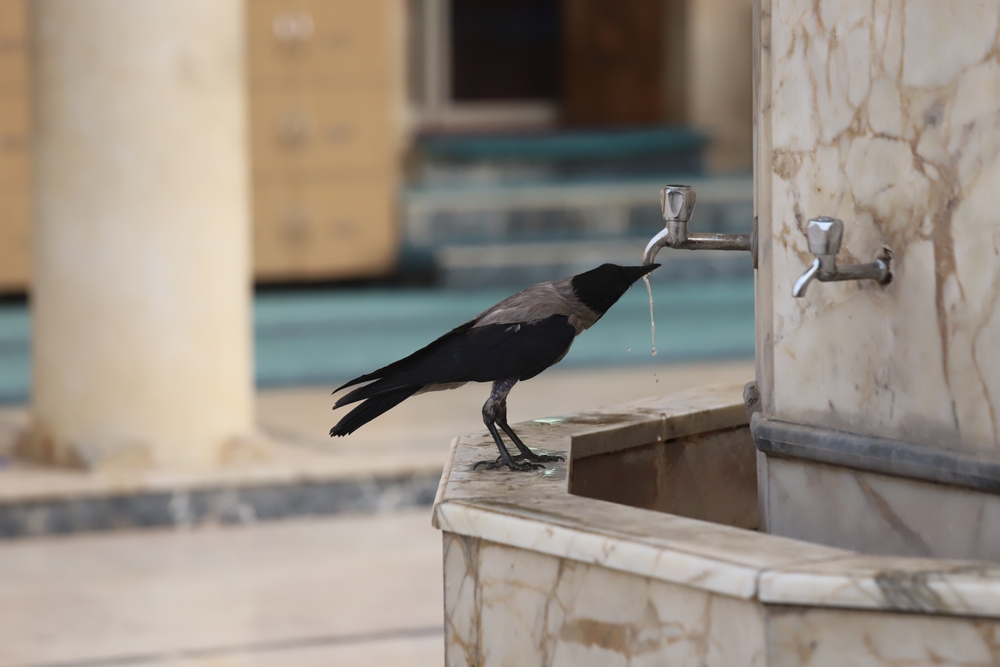
Crows are not your average bird; they are astonishingly intelligent. According to ScienceAlert, crows have demonstrated remarkable intelligence, including the ability to create and use tools. In fact, these winged geniuses have been known to create and use tools to access food. They can bend wires into hooks to retrieve food from hard-to-reach places, demonstrating reasoning skills that rival those of young children. But it’s not just about their tools—crows also have excellent memories. They can remember specific human faces, especially those who pose a threat, and they communicate this information to other crows, forming a sort of avian neighborhood watch.
Beyond their tool-making capabilities, crows display incredible problem-solving skills. In experiments, they’ve been shown to complete complex puzzles involving multiple steps to achieve their goals. This isn’t merely trial and error; it’s a demonstration of planning and execution. Some crows even engage in what seems to be play, sliding down snowy hills on their backs just for fun. It’s a reminder that intelligence in the animal kingdom can manifest in ways that are both practical and whimsical.
2. The Freestyling Octopus: Masters of Disguise and Deception
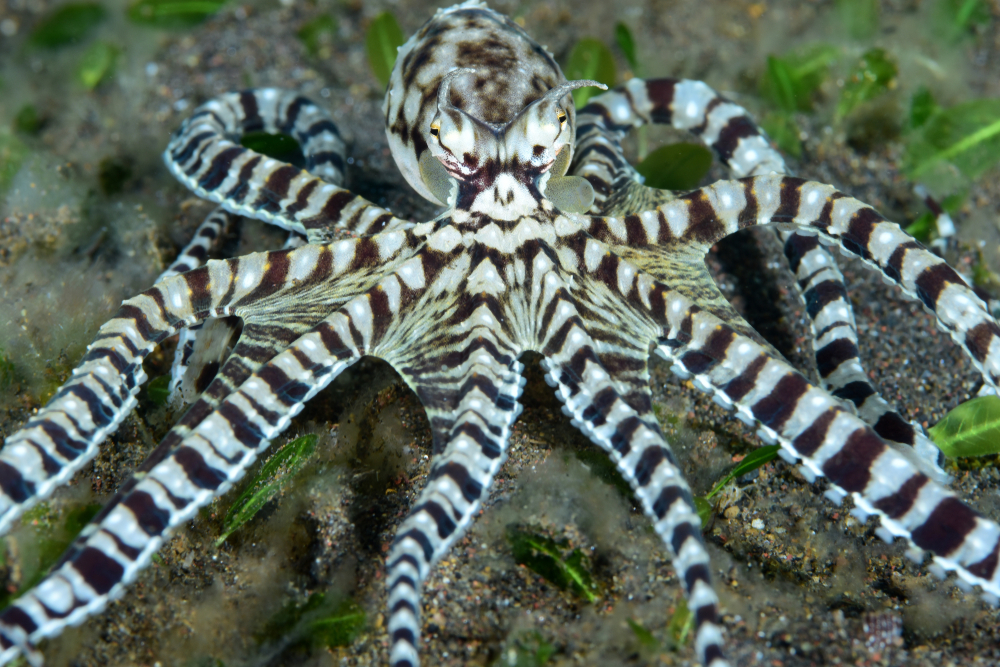
The octopus is a marvel of nature, capable of changing its color and texture in the blink of an eye. Thanks to specialized cells in their skin called chromatophores, they can blend seamlessly into their surroundings, making them the ultimate escape artists. This ability is not only for defense but also for communication with other octopuses. They use color changes to express emotions, signal intentions, and even ward off rivals. According to HowStuffWorks, octopuses can alter their color and skin texture to blend into their surroundings, making them masters of camouflage.
But the octopus’s talents don’t stop there. They are also escape artists in a more literal sense. There have been countless tales of octopuses breaking out of their tanks in aquariums, navigating through tiny pipes, and finding their way back to the ocean. With nine brains and 2,240 suckers on their arms, these creatures are as adept at problem-solving as they are at squeezing through impossibly tight spaces. It’s like having Houdini with tentacles.
3. The Dancing Frogs: Tiny Acrobatics in the Wild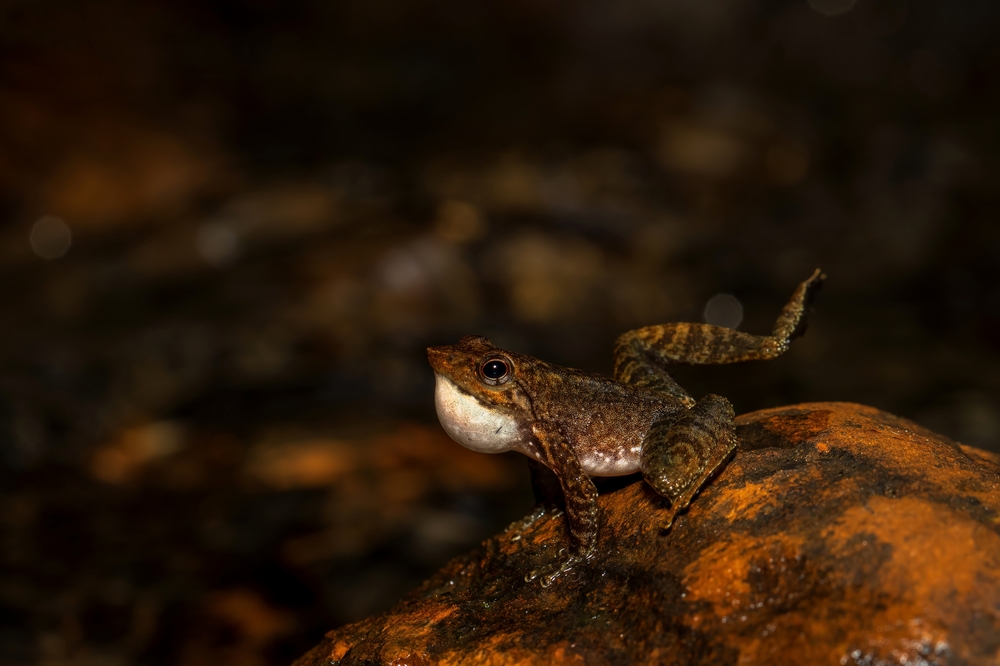 provided by Shutterstock
provided by Shutterstock
The Indian dancing frogs, as they are known, have a unique way of attracting mates. Males perform a fascinating display called “foot-flagging,” where they extend and wave their hind legs—a kind of amphibian ballet. This isn’t just for show; it’s an adaptation to their noisy, fast-flowing stream habitats, ensuring that their signals aren’t drowned out by the water’s roar. Observing this peculiar courtship display is like watching a synchronized swim routine, except it’s happening on river rocks.
What makes these frogs even more interesting is their behavior under threat. When a predator approaches, these frogs use the same foot-flagging technique to distract and confuse their would-be captors. This dual-purpose dance is an evolutionary marvel, blending the lines between romance and survival. It’s a vivid reminder that in the animal kingdom, sometimes the best defense is a good performance.
4. The Immortal Jellyfish: Nature’s Fountain of Youth
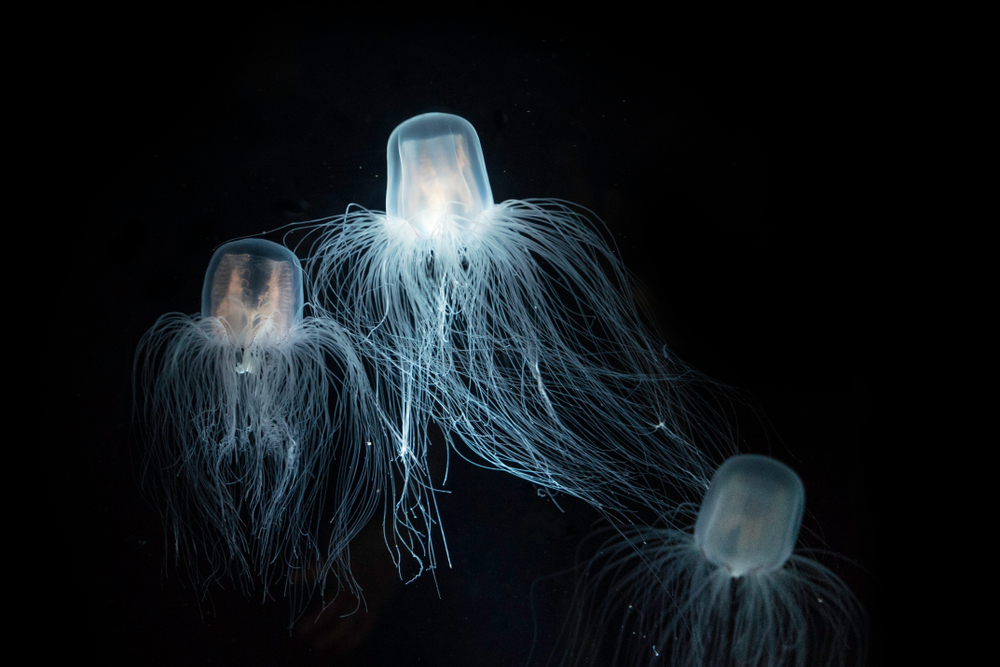
Imagine being able to reverse the aging process and start life anew. The Turritopsis dohrnii jellyfish possesses this seemingly mythical ability. Known as the “immortal jellyfish,” it can revert its cells to an earlier stage of development, essentially starting its life cycle over. This biological process, called transdifferentiation, allows the jellyfish to cheat death, making it potentially immortal under the right conditions.
This jellyfish is a living paradox, challenging our very understanding of life and mortality. While most organisms age and eventually die, the immortal jellyfish sidesteps this natural progression. By transforming back to its juvenile form repeatedly, it defies the traditional life cycle. It’s a phenomenon that has scientists intrigued and baffled in equal measure, opening up discussions about the nature of aging and the possibilities of biological immortality.
5. The Navigating Pigeons: Masterful Map Readers of the Sky
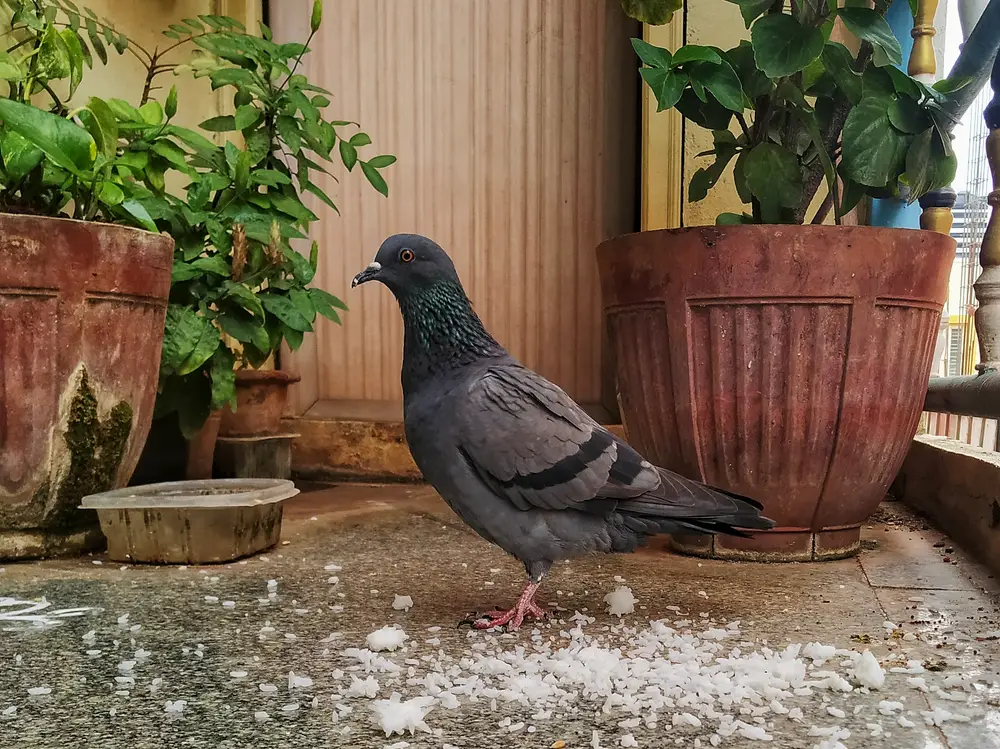
Pigeons, often dismissed as nuisances in urban settings, possess an extraordinary navigational talent. They can find their way back home from hundreds of miles away, utilizing an internal GPS system that scientists are still trying to fully understand. This ability is thought to involve a combination of visual landmarks, the sun’s position, and the Earth’s magnetic fields. It’s a biological feat that makes your smartphone’s GPS look like child’s play.
Even in experiments where pigeons are transported in sealed containers and released in unfamiliar locations, they return with impressive accuracy. Their homing ability has been harnessed for centuries, historically used to deliver messages in wartime. Pigeons have a unique place in the animal kingdom as natural navigators, reminding us that sometimes the most impressive talents come from the creatures we least expect.
6. The Speedy Cheetahs: Nature’s Formula One Racers
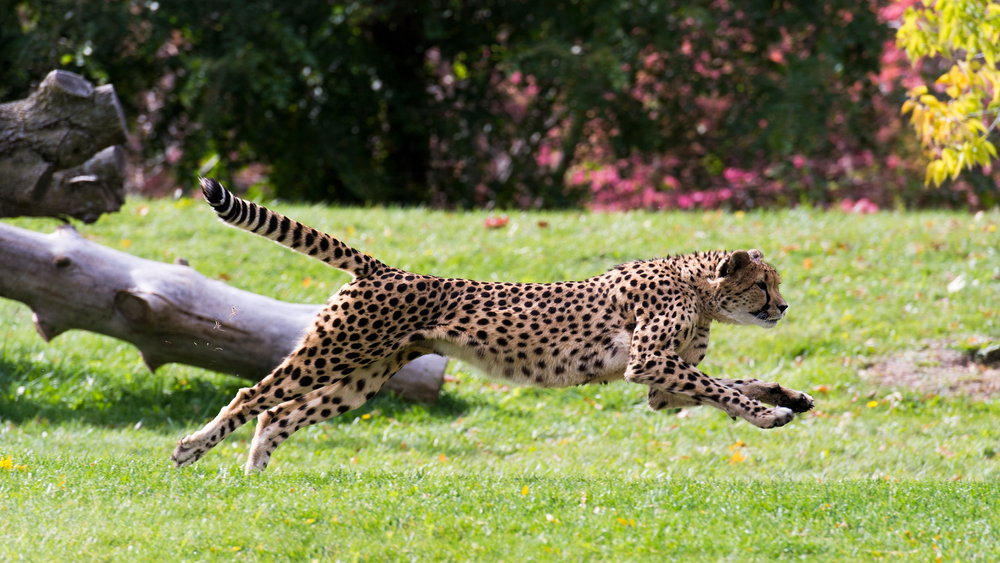
Cheetahs are the undisputed speed champions of the animal world, capable of reaching speeds up to 60-70 miles per hour. Their acceleration is as breathtaking as a high-performance sports car, going from 0 to 60 in just a few seconds. This remarkable speed is thanks to their lightweight frame, long legs, and specialized muscles that ensure they are built for short bursts of intense energy. When you watch a cheetah in full sprint, it’s like witnessing poetry in motion.
However, this speed comes with limitations. Cheetahs can only maintain their top speed for about 20 to 30 seconds before they overheat, requiring them to rest and recover quickly. This means their hunting strategy needs precision and timing, relying on stealth and the element of surprise. Despite their prowess, cheetahs face numerous challenges in the wild, from habitat loss to competition with other predators, making their speed both a gift and a necessity for survival.
7. The Hibernating Bears: Sleep Experts of the Animal Kingdom
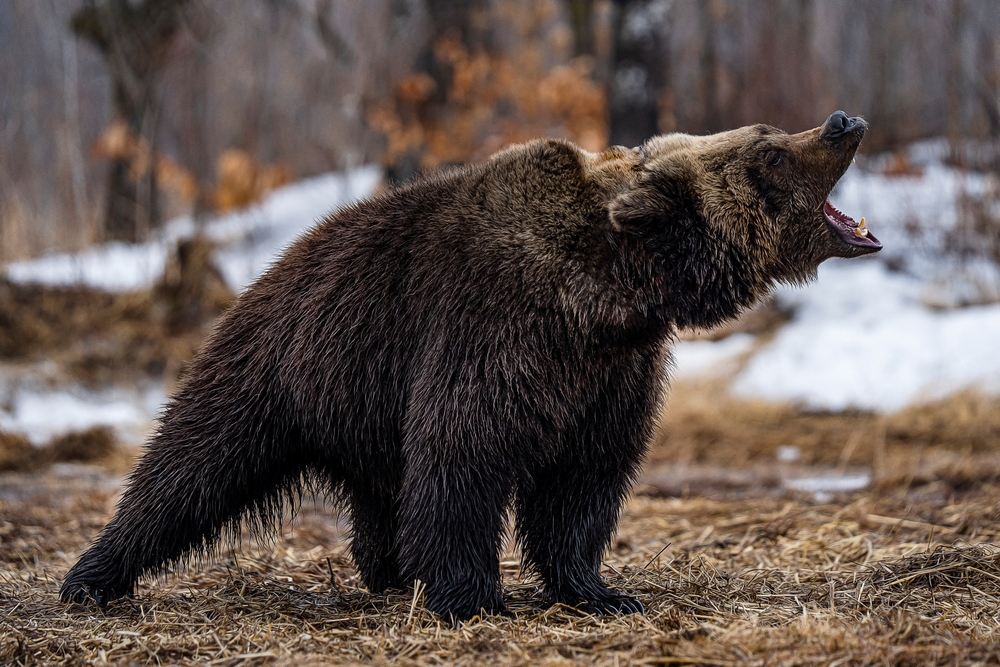
When winter’s chill sets in, bears enter a state of hibernation—an extended period of deep sleep that conserves energy. During this time, their heart rate drops from 40-50 beats per minute to as low as 8 beats per minute, and their body temperature decreases slightly, allowing them to survive months without food. This metabolic marvel is akin to the ultimate power-saving mode, enabling bears to emerge in spring ready for action.
But there’s more to bear hibernation than just taking a long nap. Pregnant female bears give birth during this period, nursing their cubs in the den while still in a state of dormancy. Remarkably, bears don’t eat, drink, urinate, or defecate during hibernation, a feat that has scientists fascinated. By recycling waste products and maintaining muscle mass, bears demonstrate a biological efficiency that humans can only dream of achieving during a long winter’s sleep.
8. The Resourceful Ants: Tiny Architects and Farmers
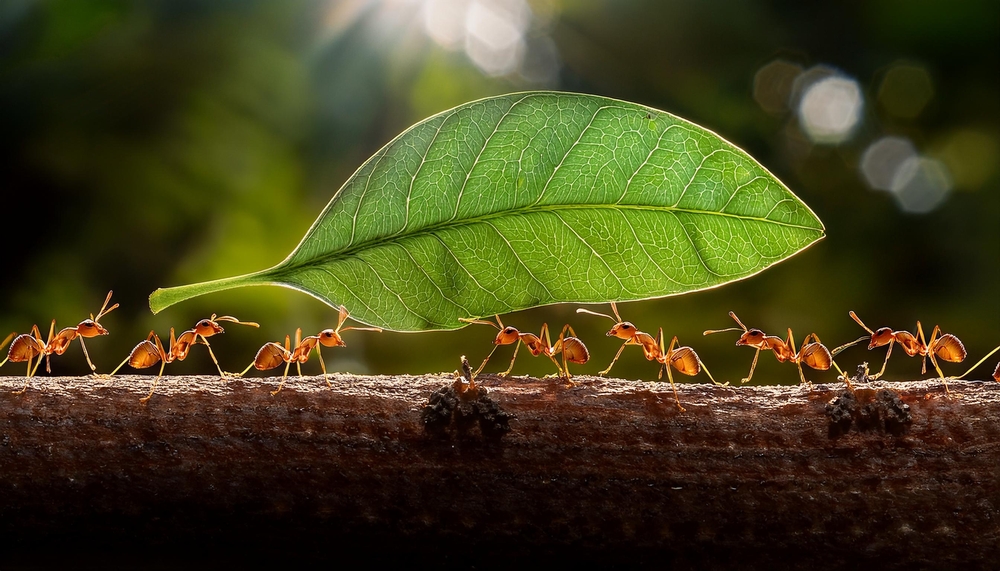
Ants are among the most industrious creatures on the planet, displaying a level of organization that rivals human societies. Leafcutter ants, for example, are expert farmers. They cut and transport leaves back to their colonies, not for eating directly, but to cultivate a fungus that serves as their primary food source. This symbiotic relationship is a testament to their complex agricultural practices, making them the smallest farmers in the animal kingdom.
In addition to their farming skills, some ant species construct elaborate underground networks, complete with ventilation systems and specialized chambers for brood rearing, food storage, and waste disposal. These intricate nests can house millions of individuals, all working in harmony towards a common goal. The engineering prowess of ants highlights a level of cooperation and resourcefulness that is both inspiring and humbling, proving that size doesn’t determine significance in nature.
9. The Armored Pangolins: Nature’s Living Fortresses
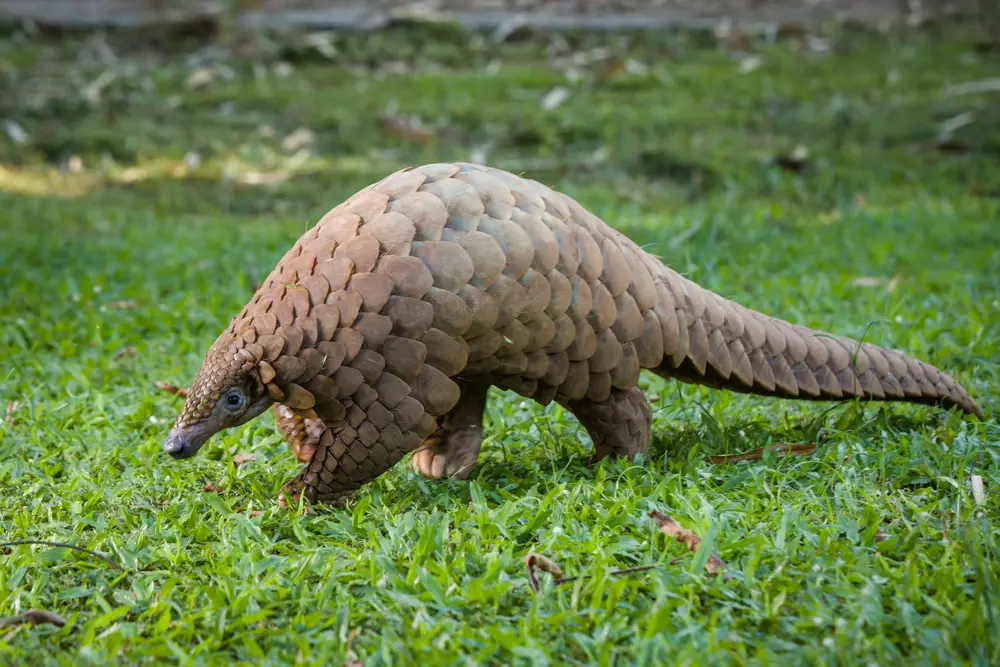
Pangolins are unique mammals covered in protective keratin scales, giving them the appearance of armor-plated warriors. When threatened, they curl into a tight ball, making it nearly impossible for predators to penetrate their defenses. This self-defense mechanism is so effective that it even deters fearsome predators like lions. Watching a pangolin roll up is like witnessing a medieval knight donning armor, ready to withstand any attack.
However, these living fortresses face threats beyond their natural predators. Pangolins are the most trafficked mammals in the world, hunted for their scales and meat. Conservation efforts are underway to protect these fascinating creatures, whose survival skills may not be enough against human greed. They remind us of the delicate balance between nature’s defenses and the challenges posed by human activities.
10. The Electric Eels: Nature’s High-Voltage Powerhouses
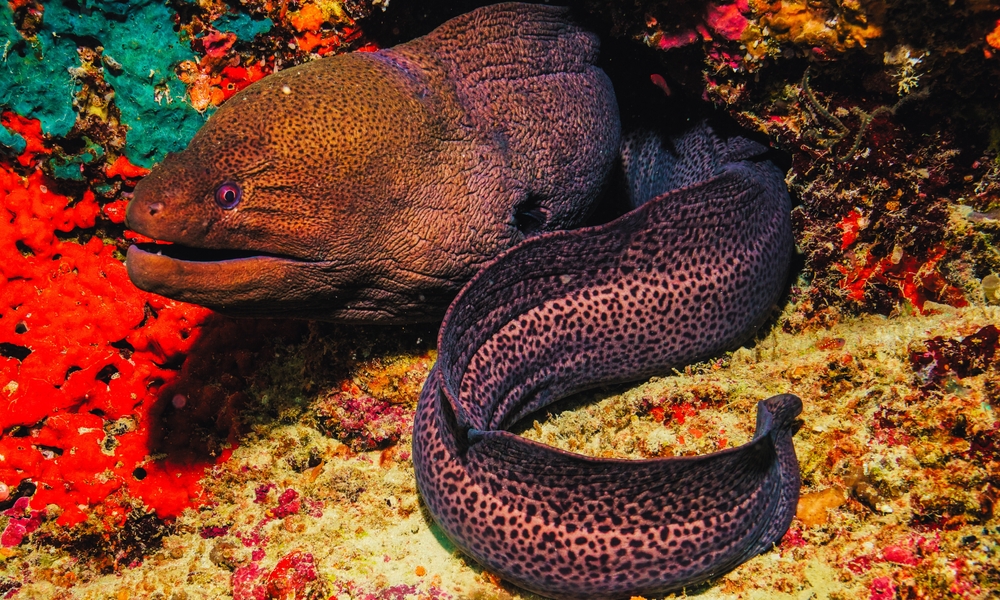
Electric eels are not true eels but a type of knifefish capable of generating electric shocks up to 600 volts. These high-voltage pulses are used for both offense and defense, allowing them to stun prey and ward off potential threats. Their bodies contain specialized cells called electrocytes, which store and release electricity in a manner similar to a battery. Encountering an electric eel is akin to plugging into a live wire in the water.
Beyond their shocking ability, electric eels use low-voltage pulses to navigate and communicate in their murky environments. This electric sense helps them locate prey and navigate through the dark waters they inhabit. Despite their formidable power, electric eels are vulnerable to habitat destruction, emphasizing the importance of preserving their natural habitats. Their existence is a reminder of nature’s ingenuity in equipping creatures with extraordinary survival tools.
11. The Language-Loving Prairie Dogs: Rodent Masters of Communication
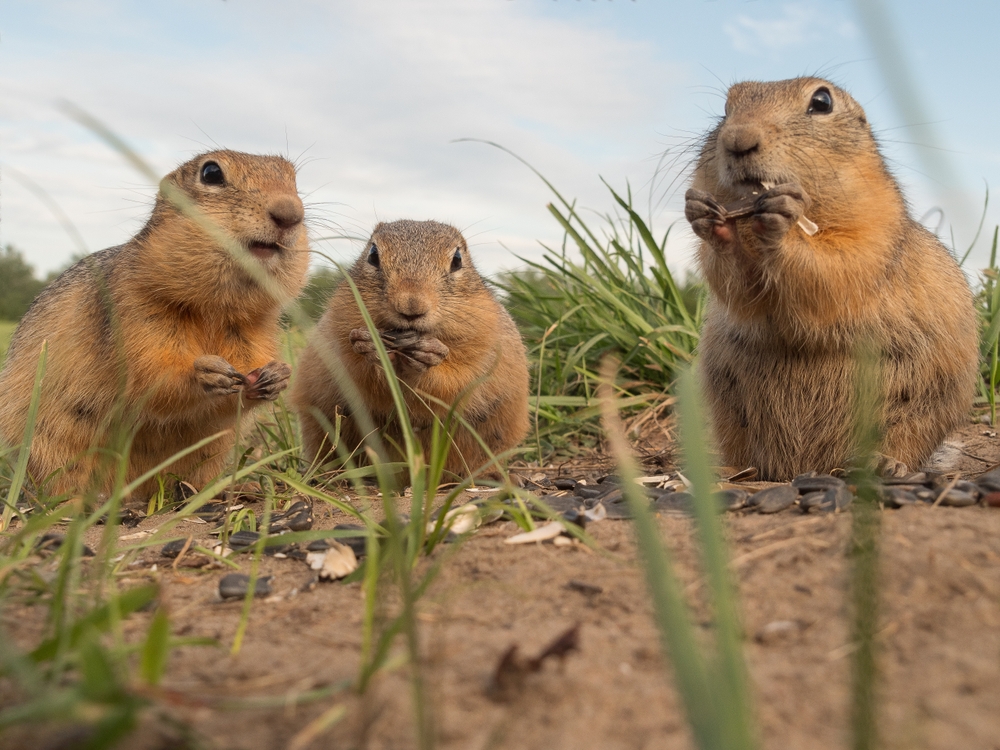
Prairie dogs are not just cute burrowing rodents; they have one of the most sophisticated vocal communication systems in the animal world. Through a series of high-pitched barks, they convey detailed information about approaching threats, including the type, size, and even color of a predator. This complex “language” rivals that of primates, showcasing the advanced cognitive abilities of these small mammals.
These social creatures live in colonies called towns, where cooperation and communication are vital for survival. Their vocalizations help maintain a tight-knit community, alerting others to danger and coordinating activities. Observing prairie dogs in action is like watching a bustling city with its own unique dialect and social interactions, a testament to the intricate social structures that exist beneath the surface of the earth.
12. The Conspiring Dolphins: Ocean’s Strategic Hunters
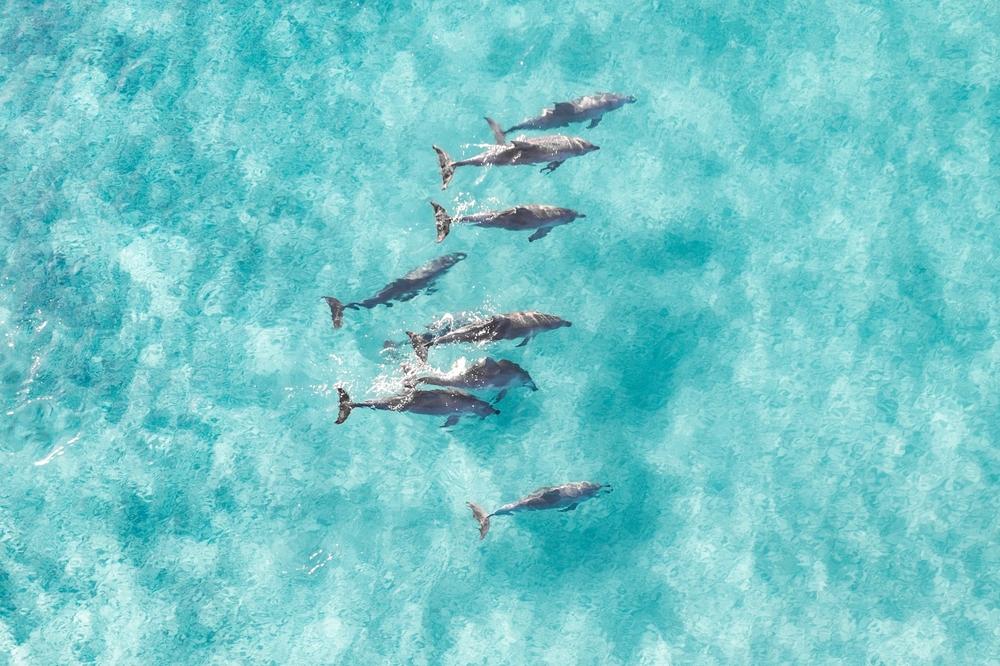
Dolphins are renowned for their intelligence and playful nature, but they’re also strategic hunters. They employ cooperative hunting techniques, working together to herd fish into tight groups known as bait balls. This teamwork allows each dolphin to take turns feeding, ensuring an efficient and effective hunt. Witnessing this is like watching a well-choreographed dance, where each member knows their role perfectly.
Moreover, dolphins have been observed using tools, such as sponges, to protect their snouts while foraging on the seafloor. Their problem-solving skills and ability to learn from each other highlight their complex social structures and cognitive abilities. These marine mammals remind us that intelligence in nature often involves collaboration and innovation, blurring the line between instinct and learned behavior.
13. The Resilient Tardigrades: Indestructible Microscopic Marvels
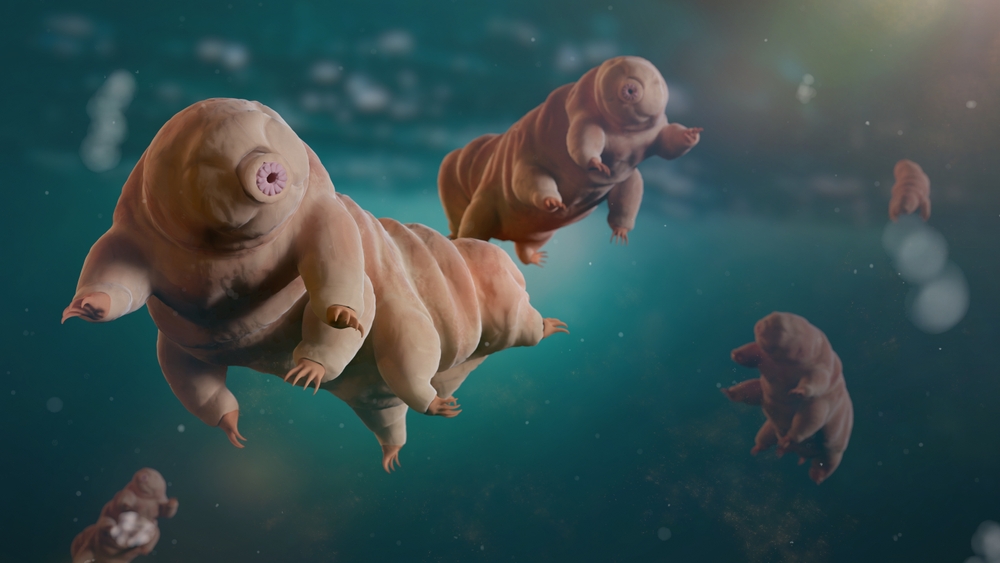
Tardigrades, or water bears, are microscopic creatures that can survive extreme conditions that would be fatal to most life forms. They can withstand temperatures from near absolute zero to over 300 degrees Fahrenheit, high radiation levels, and even the vacuum of space. This resilience is due to their ability to enter a state called cryptobiosis, where they essentially dry out and suspend their metabolism until conditions improve.
These tiny titans have fascinated scientists for decades, offering insights into the possibilities of life beyond Earth. By studying tardigrades, researchers hope to understand the limits of life and the potential for survival in space. Their incredible adaptability serves as a reminder that even the smallest creatures can possess the most extraordinary qualities, challenging our perception of life’s fragility.
14. The Communicative Honeybees: Dancers of the Hive
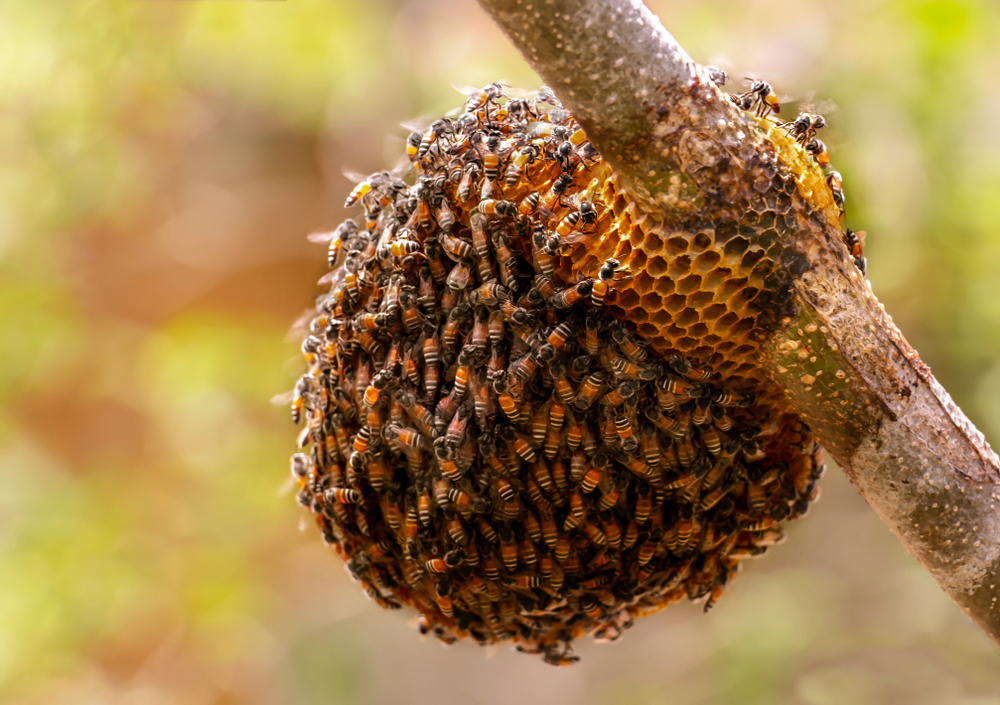
Honeybees are not only vital pollinators but also skilled communicators. Through a mesmerizing “waggle dance,” they convey information about the location, distance, and quality of food sources to other members of the hive. This dance involves precise movements and vibrations, providing a map that guides foragers to their destination. It’s a form of communication that rivals any GPS system in its accuracy.
The hive’s collective intelligence is a marvel of biological organization and cooperation. Each bee plays a specific role, from nursing larvae to defending the hive and foraging for nectar. This seamless teamwork allows the colony to thrive, with the waggle dance ensuring efficient resource gathering. Honeybees exemplify how complex communication and cooperation are essential elements of survival in the natural world.
15. The Gliding Snakes: Nature’s Unlikely Airborne Aces
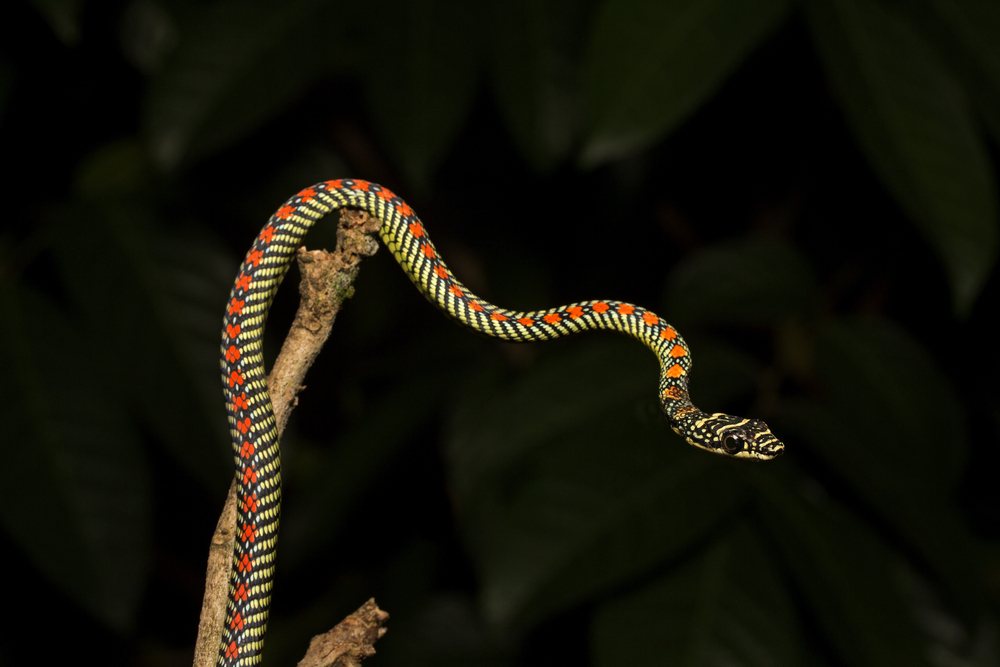
Flying snakes might sound like the stuff of nightmares, but in Southeast Asia, these reptiles defy gravity. Certain species can glide through the air by flattening their bodies and undulating from side to side, allowing them to travel distances of up to 100 feet between trees. This unique adaptation aids in escaping predators and navigating the dense forest canopy with remarkable agility.
Observing a flying snake in action is like watching an aerial acrobat perform a daring routine. Their ability to manipulate their bodies mid-air showcases the diverse adaptations that have evolved in nature’s quest for survival. These gliding snakes challenge our understanding of what is possible in the animal kingdom, proving that even those without wings can take to the skies.
